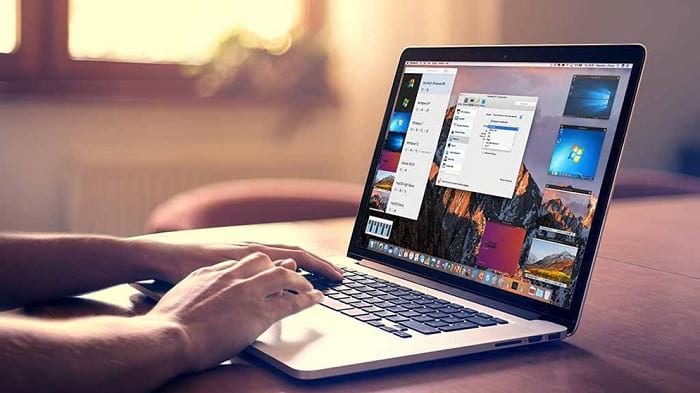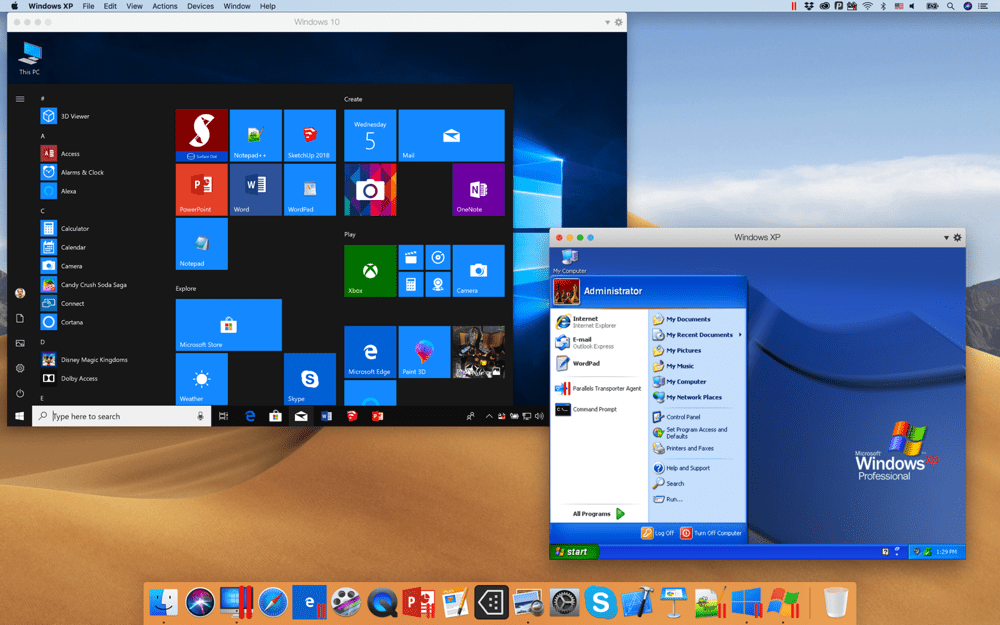

That's where the virtual part of things kicks in. Windows 11 requires a Trusted Platform Module (TPM) in order to install, something Macs and virtual machines don't have. The release, announced via a blog post, makes some important changes to Windows 11 support including automatic enablement of vTPM.
#Parallels for a mac for mac
Once all the data has been transferred, feel free to remove the original drive: in the virtual machine's configuration go to Hardware, click on the original drive and click " -" > Move to Trash.A new Parallels Desktop 17.1 for Mac update has improved support for Windows 11 as well as macOS Monterey virtual machines, while the app itself will now happily run on Apple's upcoming operating system, too.It will boot from the newly created drive, while the original virtual machine's drive will be connected as a secondary one, so you would be able to transfer all the necessary data from it. Shut down the virtual machine, open virtual machine's configuration > Hardware > Boot order, and use the arrows on the right side to move the new disk (most likely, Hard Disk 2) to the top. Once the installation is over, macOS will boot into the original installation.
#Parallels for a mac install


Open Disk Utility, select the hard disk, click Partition. A notification regarding the necessity of making a backup of the virtual machine will appear.

Go to Hardware > Hard disk > Properties and move the slider to the desired value.Open the virtual machine's Configuration: click Parallels icon || > Control Center > right-click on the virtual machine > Configure.Note: make sure to create a backup of your virtual machine before performing these steps.
#Parallels for a mac how to
How to increase disk size in a macOS virtual machine? Information


 0 kommentar(er)
0 kommentar(er)
